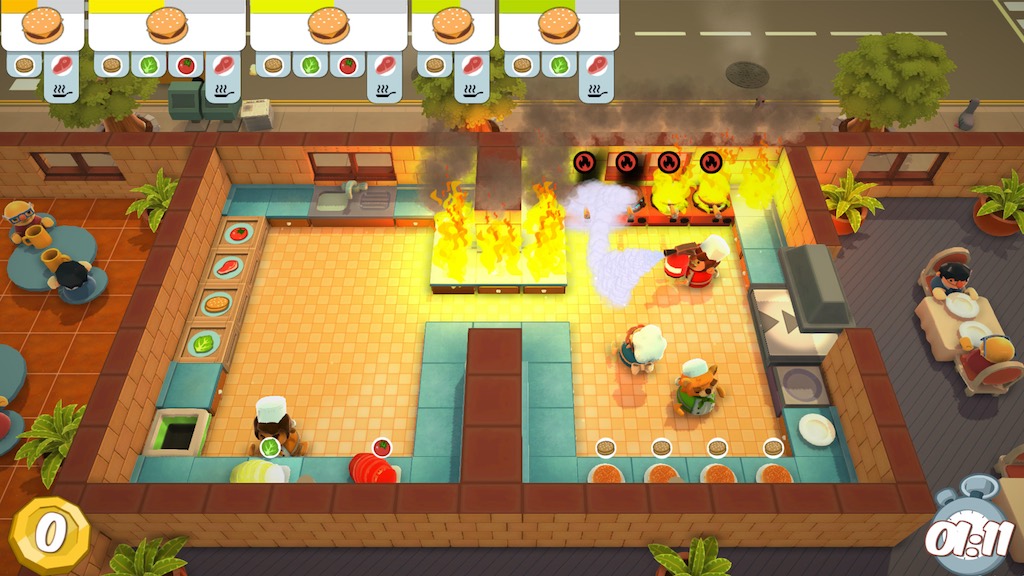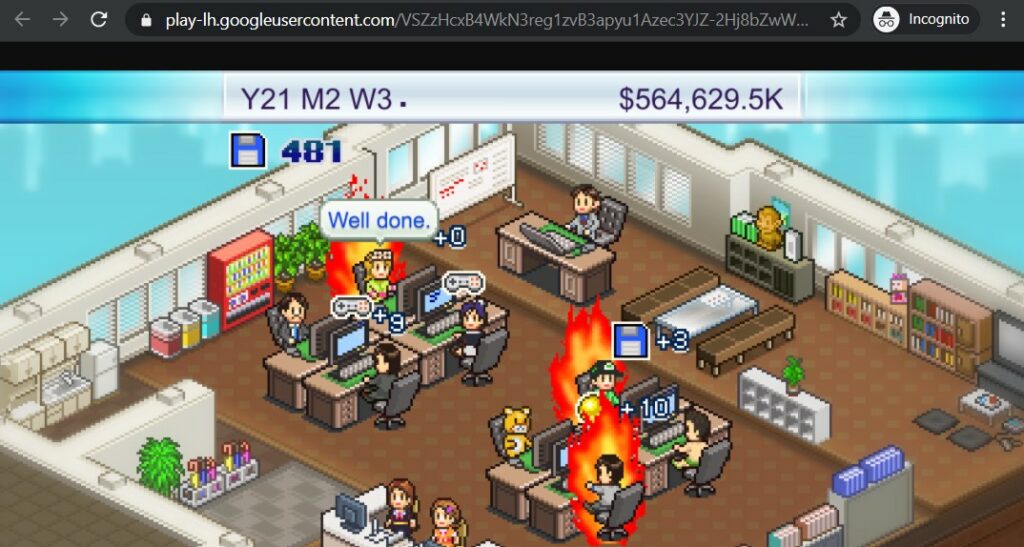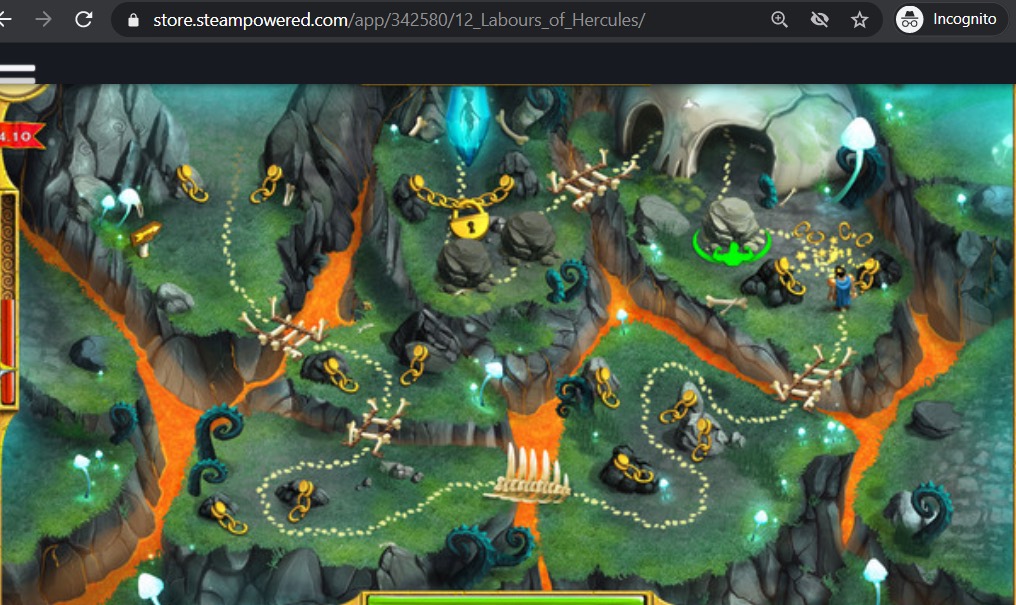Looking for the best time management activities for your team?
With only twenty-four hours per day, it can be challenging to complete all routine activities on our daily schedule — especially when we spend a lot of time on social media.
So how can you manage your busy schedule?
Simple: with effective time management.
Like any skill, time management can be improved, and efficient management can have compounding effects on both your personal and professional life.
In this article, you’ll learn how to tackle your list of tasks and beat time wasters with some simple yet effective time management techniques and activities.
Table of Contents
- What is time management?
- What are the benefits of time management?
- Top 10 time management activities
Let’s get started.
What is time management?
Time management strategies involve planning your available time and being aware of the amount of time you spend on each task.
Time management can have a tremendous effect on your life. With effective time management, you’ll be able to complete each task more quickly and to the required standards.
It’ll increase your value to the company and can be essential in furthering your career, especially when your performance review comes around.
For your company as a whole, time management can aid in the growth of the business by freeing up extra time to capitalize on available opportunities (sales, marketing, networking, etc.)
However, it can be challenging to get employees to better manage their time.
With different personalities responding to different methods, lecturing your employees on time management may not be the best idea.
Instead, involve your employees in some fun and effective time management activities.
What are the benefits of time management?
Here are three key benefits of having a firmer grasp on the management of your time:
1. Relieves stress
By employing practical time management skills, you’ll get more done during the workday.
You won’t need to pull all-nighters to meet deadlines and can even steer clear of time wasters. As a result, your quality of work will gradually improve — without having to stress about deadlines.
2. Improves your decision-making ability
Having solid time management skills can improve your ability to make the right decisions. This can boost your control over your life and provide opportunities to achieve your career goals.
3. Enhances your work/life balance
By completing each task more efficiently, you’ll have more time for yourself. You’ll be able to focus on your family life and personal relationships. Which, in turn, will improve your overall happiness and productivity.
Top 10 time management activities
There are two different types of time management activities you should consider: offline and online. Let’s take a look at both of them:
A. Offline time management activities
Best done in the office, offline time management activities boost employees’ productivity by improving their time management skills. This way, they’ll be able to knock off items on their daily task list much faster.
Here’s a quick look at some great offline activities:
1. The big picture puzzle challenge

Jigsaw puzzles are proven to be excellent team-building and problem-solving exercises and can be adapted to be an effective time management game too.
Here’s how this fun activity works:
Step 1: Divide your group into several smaller teams.
Step 2: Give each team a puzzle of similar difficulty without showing them what the completed image (“big picture”) looks like.
Step 3: Teams must work together to finish the puzzle without an idea of the final image.
Step 4: Managers should watch as teams try to complete the puzzle.
Step 5: Ask them to stop after a set time, and then explain the importance of having a ‘big picture’ in place.
You can play a Jigsaw puzzle online on I’m a Puzzle.
This activity is designed to give employees an idea of the importance of planning and how having an idea of the bigger picture can help them prioritize and achieve goals.
2. Finding the ace of spades

Finding the Ace of Spades is a time management activity best suited for a small group. Two individuals, one team leader, and some decks of cards are required for this activity.
Here’s how it works:
Step 1: Shuffle one pack of cards so they’re random, and organize the other in ascending order.
Step 2: Give each player a pack of cards.
Step 3: Players must try to find the Ace of Spades in the deck as quickly as possible.
Step 4: The player with the organized deck will find the challenge much easier than the player with the mixed deck.
This activity highlights the importance of:
- Spending a little time organizing a schedule for the day.
- Improving productivity by tackling priority tasks first.
3. Circadian rhythm

Different team members might be productive at different times.
The goal of the Circadian Rhythm activity is to help your employees synchronize their body clock (circadian clock) with their work. This way, they’ll be able to identify specific times that’s best for them to do a specific activity.
Here’s how it works:
Step 1: Ask each team member to write down their daily routine on a piece of paper, beginning from when they wake up to when they go to bed.
Step 2: Players must then label the hourly blocks with the headings like on fire, vibrant, cruise control, at 70%, distracted, slowing down, tired, and hungry to indicate how they feel during certain times of the day.
Step 3: Employees assign hourly blocks to time management.
Step 4: Discuss the following points:
- When do you get the most work done?
- At which time are you most distracted?
- At which time of the day is it better to tackle a specific task?
- When is it the best time to take a break?
- Which team members have similar productivity hours?
The activity can help build teams with similar work/non-productive time while improving communication — as employees get to know each other.
The circadian time management exercise also effectively helps people determine when they are at their ideal energy level. This way, they can schedule their time well and complete the most important thing first.
4. The blind polygon

The Blind Polygon is an excellent activity or icebreaker for helping your employees cope when working in new groups or projects. It requires one leader and several smaller groups.
Here’s how it works:
Step 1: Blindfold each player and give the team a length of rope.
Step 2: Groups fold or adjust the rope into a shape specified by the leader, like a rectangle.
Step 3: The team leader should set a time limit.
Step 4: No one may remove the blindfold, and every individual must be touching the rope at all times.
Step 5: Give the groups some time to make their shape.
Step 6: Once the time is up, let the groups look at their shapes before tackling it again.
The activity is excellent for team-building and forces groups to analyze how they handle a task within a set timeframe.
Initially, employees might perform poorly. But once they develop the required critical thinking and analytical skills, their performance will gradually improve.
5. $86,400

The $86,400 time management activity is excellent for changing how your employees perceive time. This can be demonstrated individually or in groups.
Here’s how it works:
Step 1: Ask each person or group, ‘If you had $86,400 only for a day, how would you spend it?’
Step 2: Tell them to write down a schedule of their day. Ask them what they would spend on and when.
Step 3: Explain to them that they can’t bank the money, and it doesn’t carry over. Anything that they haven’t assigned to be spent over twenty-four hours is gone.
This activity is a visual representation of time, as there are 86,400 seconds in a day.
It shows the importance of time by making employees more aware of the limited time they have. This helps them understand how to prioritize and complete important tasks first.
6. Colored blocks

All that’s required for this activity is a set of colored blocks. The amount of blocks you need depends on how many people are playing the game.
Here’s how it works:
Step 1: Place the colored blocks on a table and explain to the participants that they must pick up as many blocks as they can in one minute.
Step 2: Participants can only use their non-dominant hand, and they may only pick up one block at a time.
Step 3: Once the time is up, give each participant a point for every block they have and write down the results.
Step 4: Spread the blocks on the table again, this time assigning a point value to each color, and repeat the exercise, marking the points on a separate sheet.
Step 5: Employees will have to think about the number of blocks they can collect and the number of points associated with each block.
This activity is great for:
- Teaching the importance of good organizational skills.
- Demonstrating the value of doing important tasks first.
- Showing how planning can help them finish their to do list quicker.
7. The mayo jar lesson

The Mayo Jar Lesson is often used as a demonstration to highlight the value of time to kids and college students. However, it can be conducted as a great office team activity too.
Here’s how it works:
Step 1: Assemble the following items:
- A large jar, like a mayo jar
- Some large rocks or shells
- Gravel
- Sand
Step 2: Fill the jar with the rocks first.
Step 3: Ask the group if the jar is full, they’ll likely say yes.
Step 4: Fill the jar with the gravel and sand.
The jar represents your life, and the rocks are your most important things — like your family, health, work, and so on. The gravel represents things like your house and car, and the sand represents everything else.
Which objects you put in first determines how many of the other items you can include.
It highlights the importance of prioritizing each urgent task and getting those done first; otherwise, we may not have time for the smaller tasks.
B. Online time management activities
Video games have become great tools useful for improving cognitive functions. Some games can teach organizational and business skills, and more importantly, time management.
Here are some online time management games that can help improve your time management skills:
1. Overcooked!

The basic premise of Overcooked! is to serve your restaurant’s customers while dealing with events that create ridiculously stressful situations.
The game provides numerous obstacles and lots of recipes. It’s a great tool to teach time management and multitasking.
Here’s what else you can learn from this game:
- Team coordination and organization as the game throws multiple tasks at the player.
- Quick decision making as players have to deal with random events like portals, fires, and moving floors.
- Dealing with time constraints, as every level is timed.
2. Game Dev Story

In this game, you play as a video game developer in charge of making new games and consoles in your startup. You need to juggle between hiring new developers, developing each new game, and dealing with critics.
Having to juggle so many tasks at once, demonstrates the value of prioritization.
The app is also great for teaching:
- Leadership skills: The player is placed in the role of the boss and is in control of workers, project management, and hiring of new employees.
- Business skills: The player has to analyze new products’ profit potential and handle the advertising and sales operations.
3. 12 Labors of Hercules

Players take the role of the Greek God, Hercules, and must complete his 12 labors. One such labor includes battling the Nemean Lion and the Lernean Hydra to rescue Hercules’s wife from Hades.
The game is excellent for teaching:
- Timing skills, as you have to complete each task in a certain amount of time to collect stars.
- Quick decision making, as players will be faced with various obstacles.
- Critical thinking, as players will need to determine which task to complete and in which order.
Final thoughts
Time management is an important skill, not just to individuals but to businesses as a whole. And like any skill, time management can be improved with practice.
While there are plenty of useful time management tips on the internet, sometimes, showing is better than telling.
Try these different management activities, and help your employees make the most of their day and avoid procrastination. And more importantly, have fun!

Liam Martin is a serial entrepreneur, co-founder of Time Doctor, Staff.com, and the Running Remote Conference, and author of the Wall Street Journal bestseller, “Running Remote.” He advocates for remote work and helps businesses optimize their remote teams.


